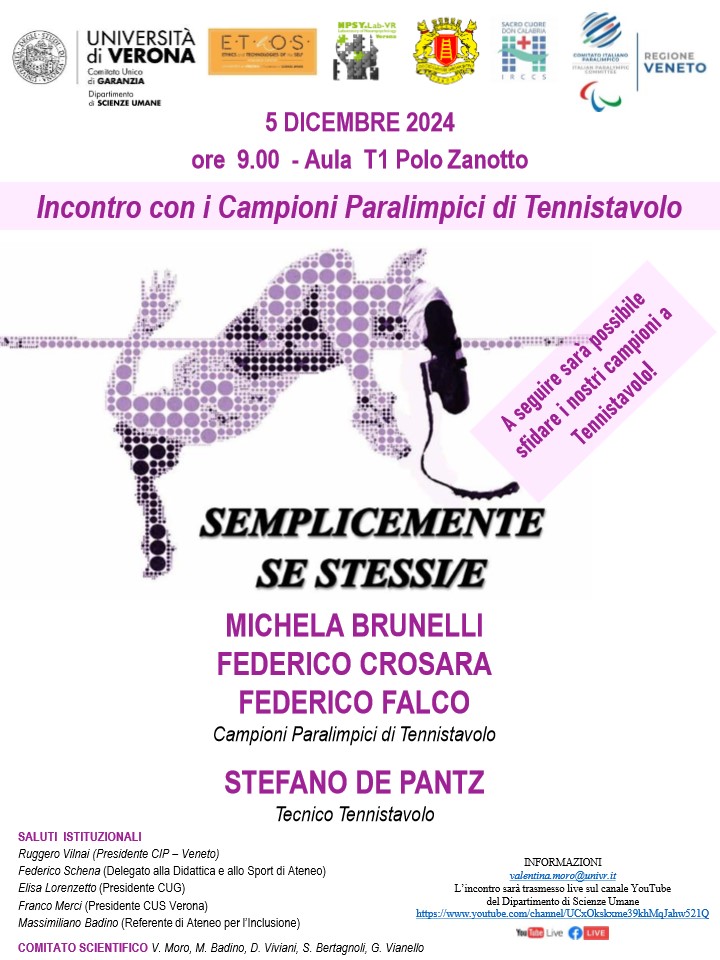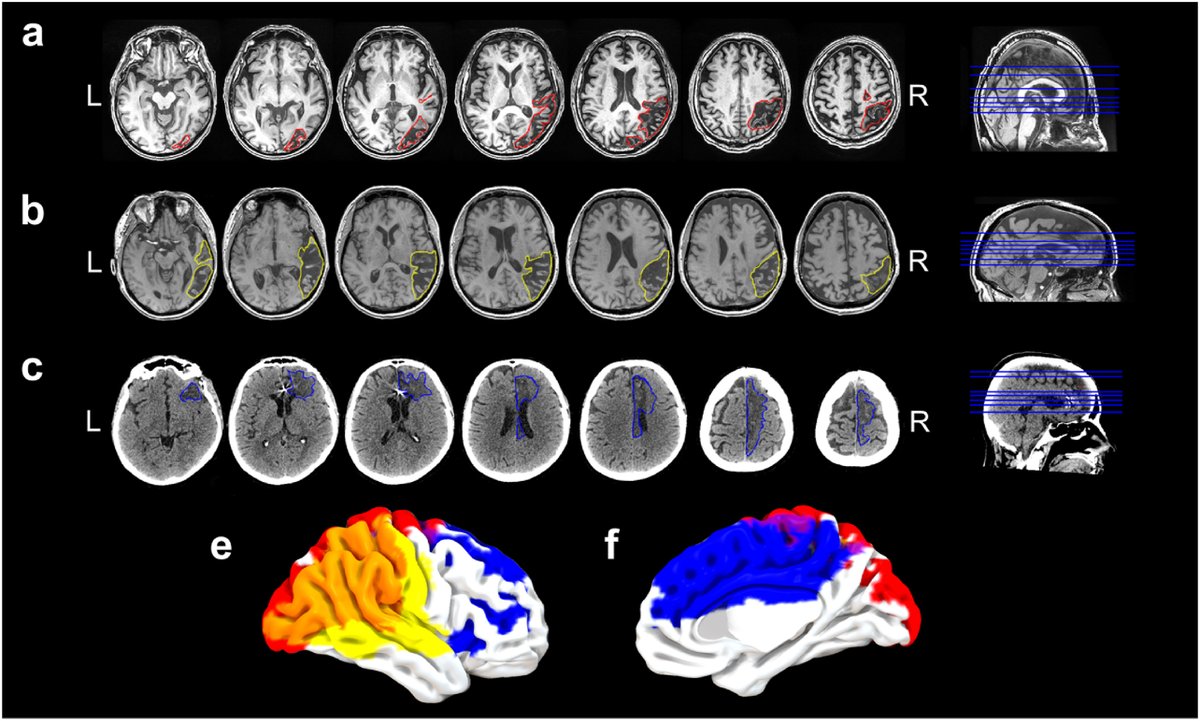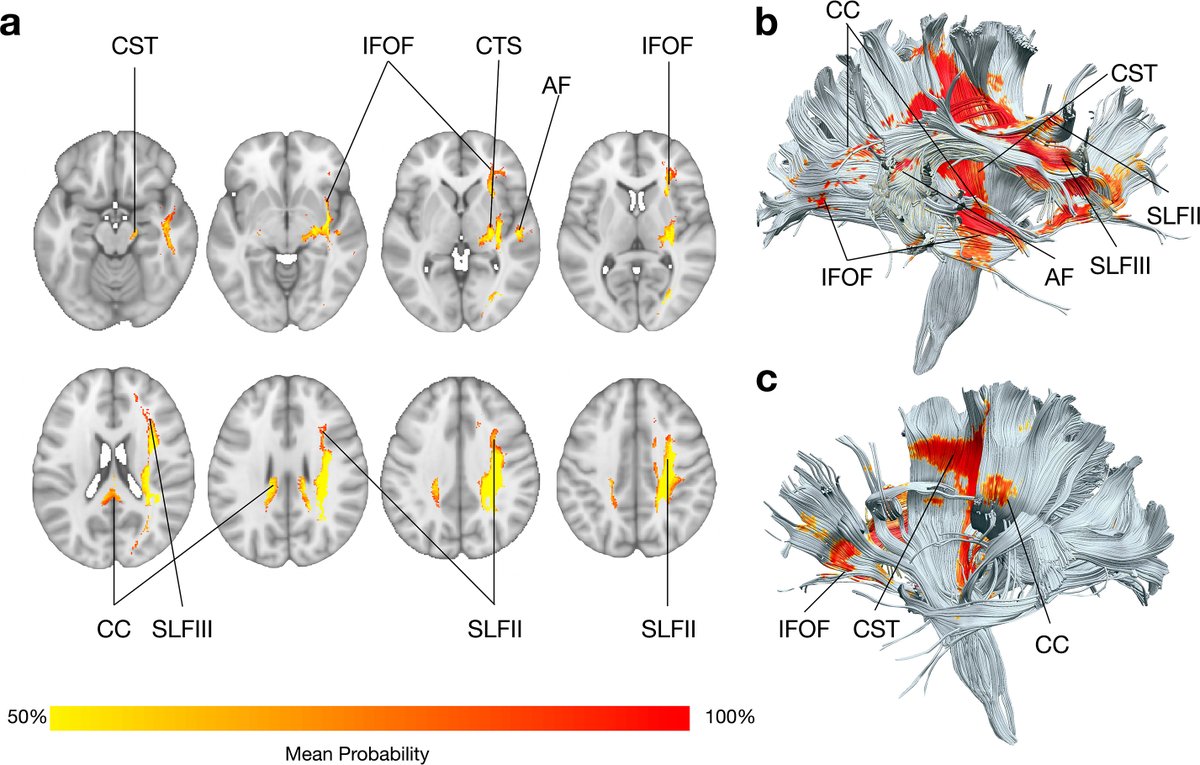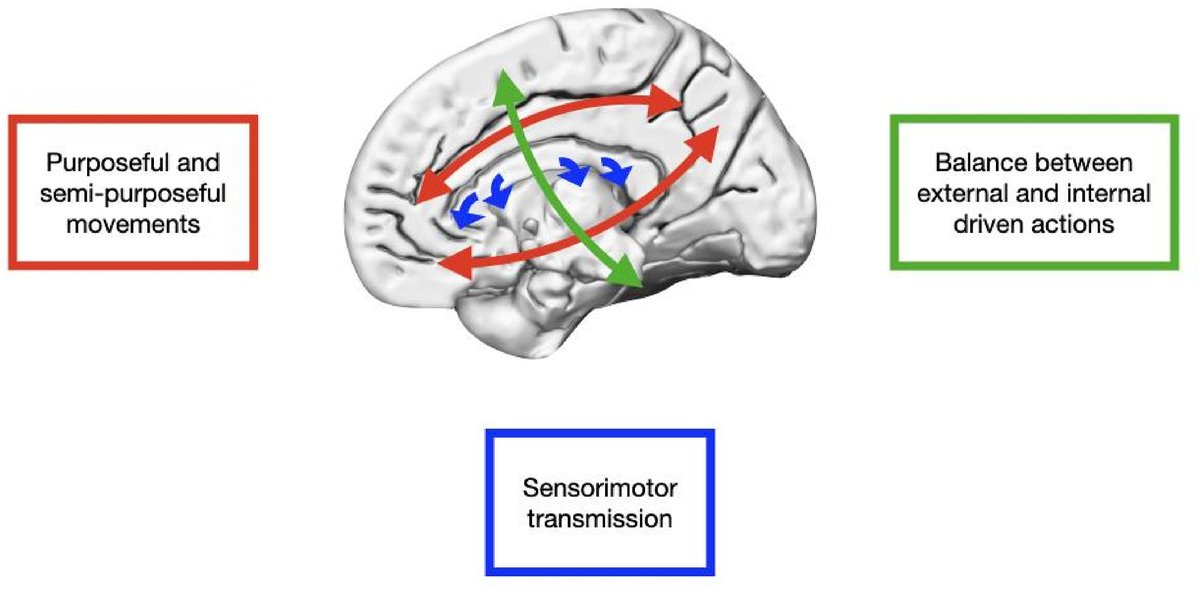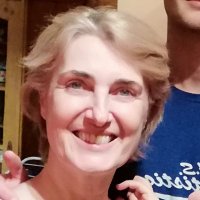
Valentina Moro
@valemorounivr
Prof.of Psychobiology and physiological psychology, University of Verona
ID: 1252477891260100608
21-04-2020 06:03:08
414 Tweet
514 Takipçi
406 Takip Edilen
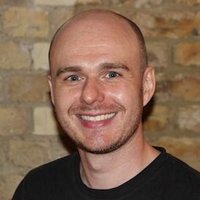







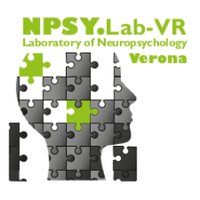
Join us for the NPSY.Lab-VR meeting NPSY-Lab.VR on 8th October--> 2 PM (CEST) for a presentation on "Models of the Self: From #Neuropsychology to #EmbodiedNeuroscience" held by Paul Jenkinson

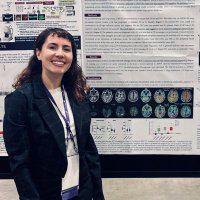
Why go slow? The disconnectome morphospace meets deep learning to accelerate predictions, thanks to the work of the talented Anna Matsulevits at BCBlab . Congratulations! @BrainComms
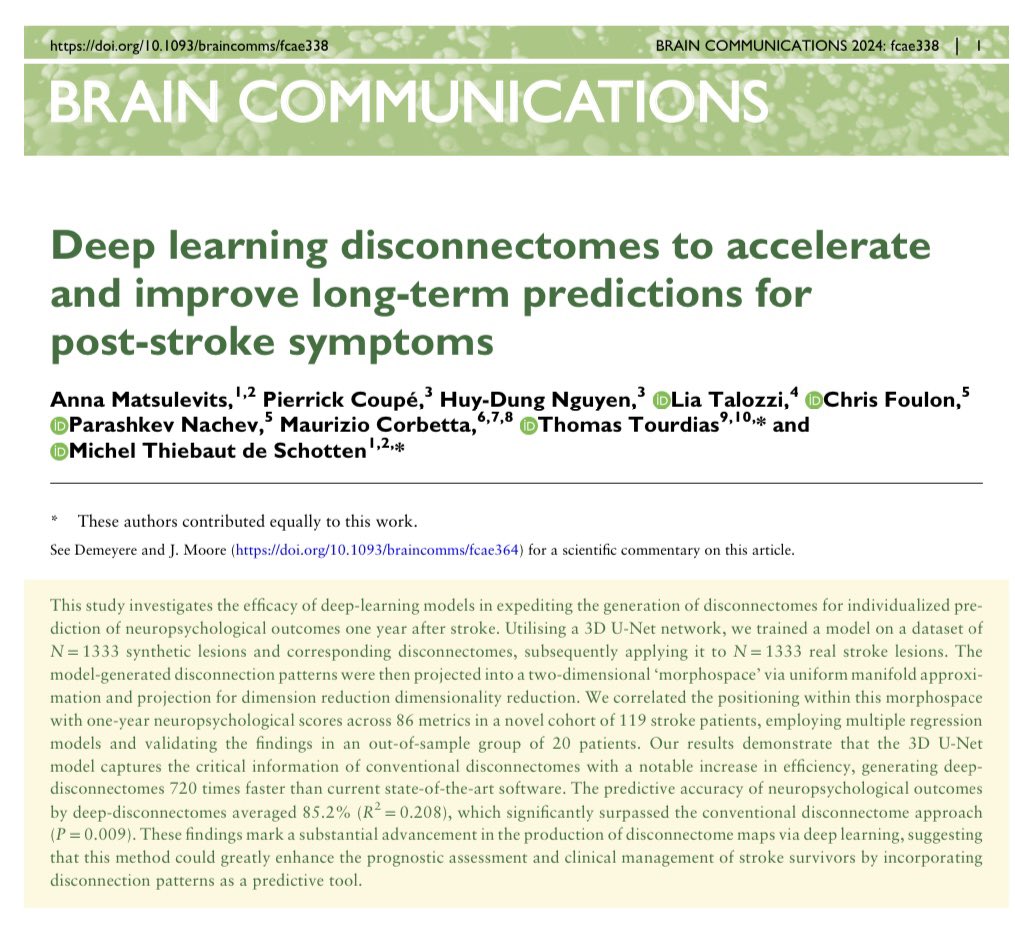







This work was made possible thanks to our incredible co-authors: Sara Bertagnoli, Riccardo Danese, Cristina Bulgarelli, Valeria Gobbetto, and Giuseppe K Ricciardi ICoN - Iuss COgnitive Neuroscience center - IUSS PAVIA BCBlab NPSY-Lab.VR SCNL - AgliotiLab
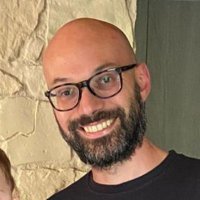
🚨 Excited to kick off 2025 with a new publication! 🚨 "Pain and the perception of space in fibromyalgia" 📜 Read here: rdcu.be/d5zGH With maddalena beccherle Valentina Moro NPSY-Lab.VR Scientific Reports #Pain #Perception #Fibromyalgia #Neuroscience 🧵 Thread: 1/

